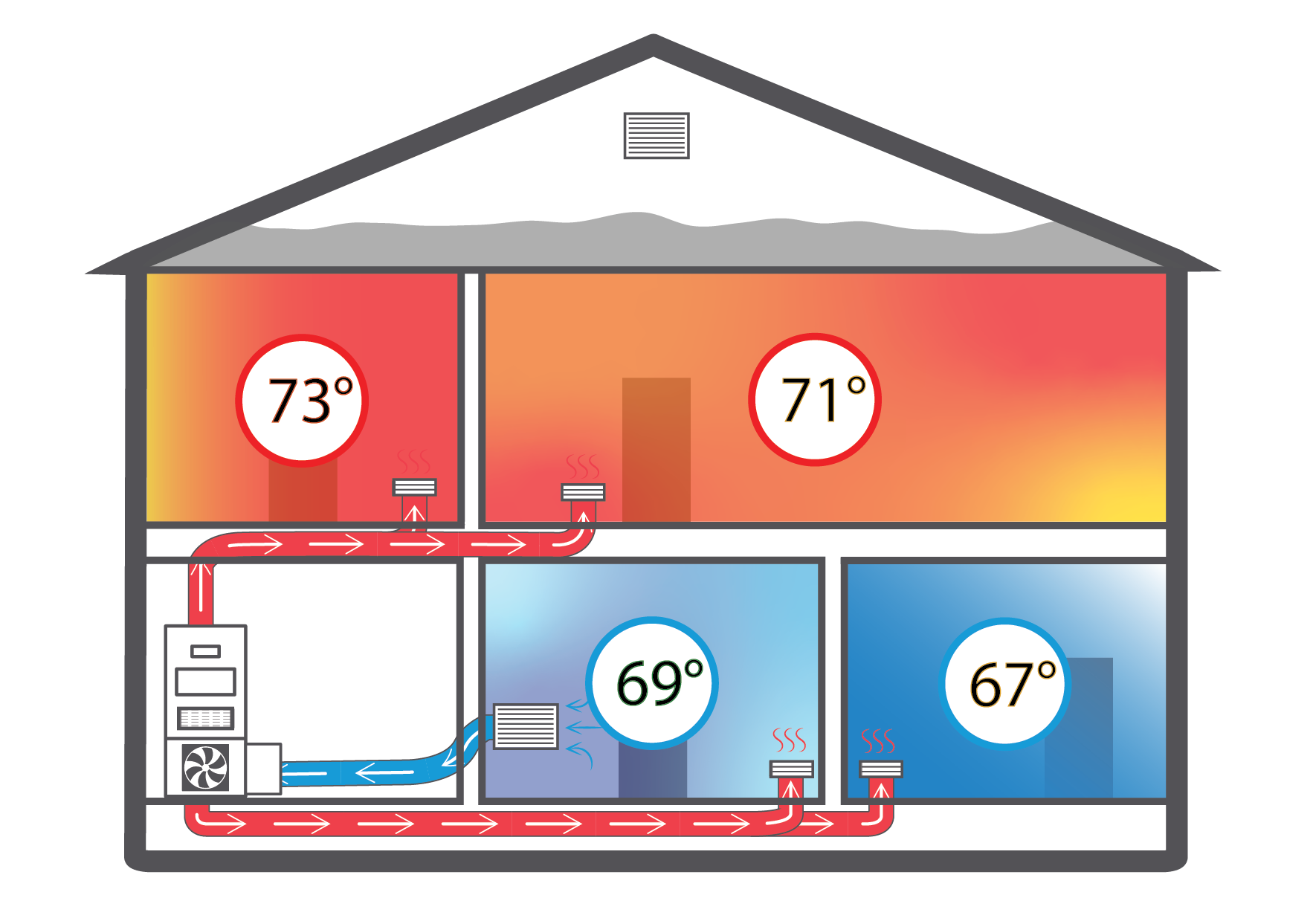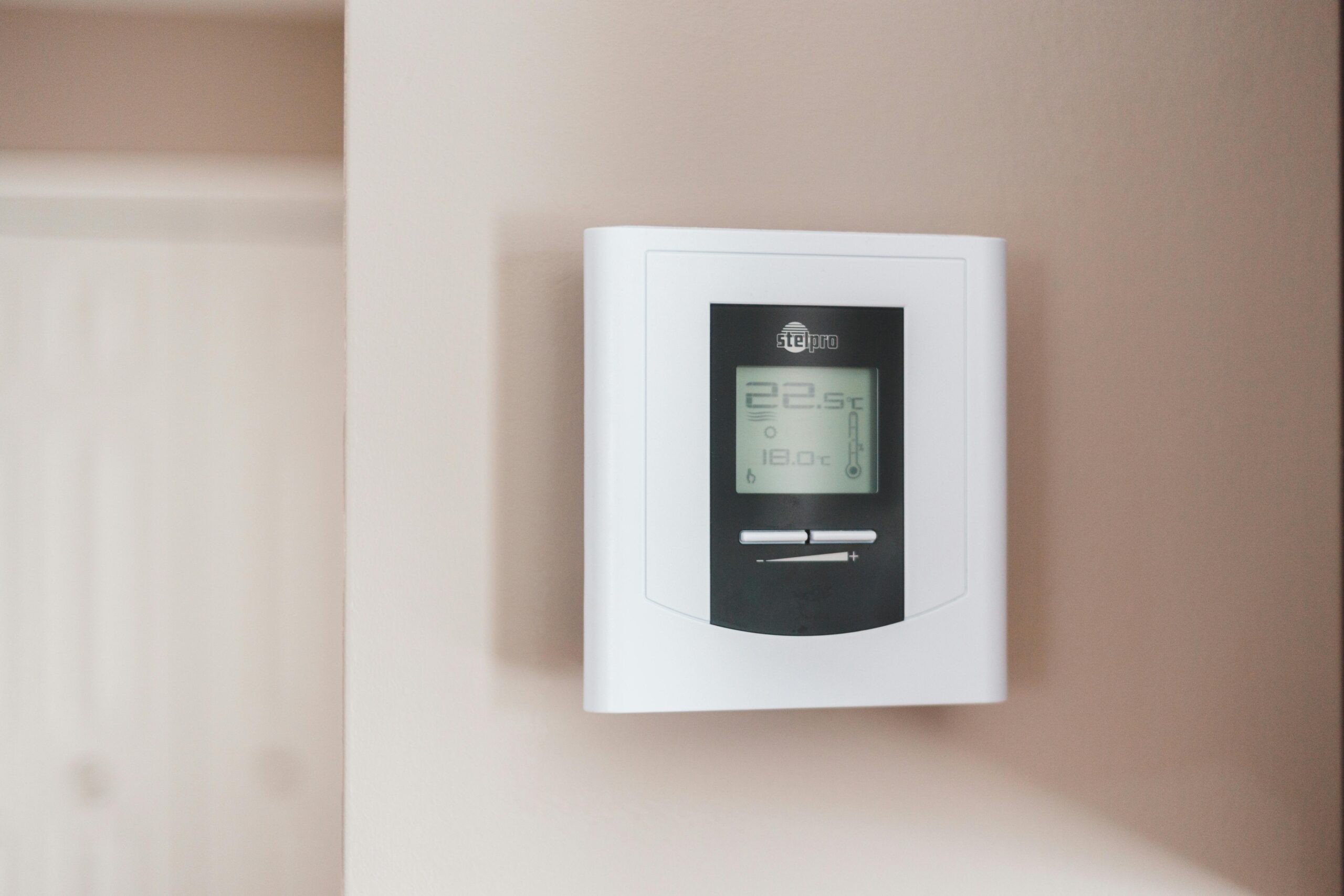TEMPERATURE
When your home’s indoor temperature isn’t properly maintained, it can effect your productivity, comfort, and health. The good news is, with proper management, you can control the temperature in your home, and bring it to an ideal range. Your contractor can help you problem solve and get your home to the best version of itself.
“The indoor temperature affects several human responses, including thermal comfort, perceived air quality, sick building syndrome symptoms and performance at work.”
“Hot and cold work environments are occupational physical hazards.”
“…Where cognitive performance is the priority, it is wise to ensure a comfortably cool environment.“
WHY TESTING FOR TEMPERATURE IS IMPORTANT
Impact on Sleep and Comfort
Thermal comfort strongly affects sleep quality and relaxation. Research consistently finds that most people sleep best around 65–70 °F (18–21 °C). Without testing and monitoring, your home’s indoor temperature could affect your sleep.
Testing temperature differences around your home can also highlight uneven comfort levels from room to room, because not every part of the home heats or cools the same way.
Save on energy costs
Smart monitoring allows for more efficient heating and cooling — avoiding overheating in summer or over-heating in winter. The U.S. Department of Energy recommends setting thermostats to 68 °F when you’re home and lowering it when away, saving as much as 10% a year on heating and cooling.

Different parts of your home have different heating and cooling needs, so installing a zoning thermostat will keep each room comfortable without wasting energy conditioning the entire house the same way.

Inspect and seal ductwork, and ensure the building is properly insulated to minimize wasted energy. Talk to your contractor about how to best accomplish this in your home.

Upgrade thermostat to save on energy costs. Your contractor will be able to help find the best option for your house.
AIRADVICE PROTIP:
For better and more consistent home comfort, consult an HVAC contractor about upgrading to a zoned system with a smart thermostat. A zoned system addresses uneven temperatures by controlling different areas independently, while a smart thermostat adds convenience and energy savings by allowing remote control and automated scheduling. This combination eliminates hot and cold spots while reducing energy waste.
Interested in learning more about how to improve home health, safety, and comfort? AirAdvice tests for 7 different parameters in the home with our top-of-the-line monitor. Our monitors are designed and maintained to produce clear and accurate results, giving you a clear picture of the state of your home’s air. Scroll down to see the other things we test for in a home.






